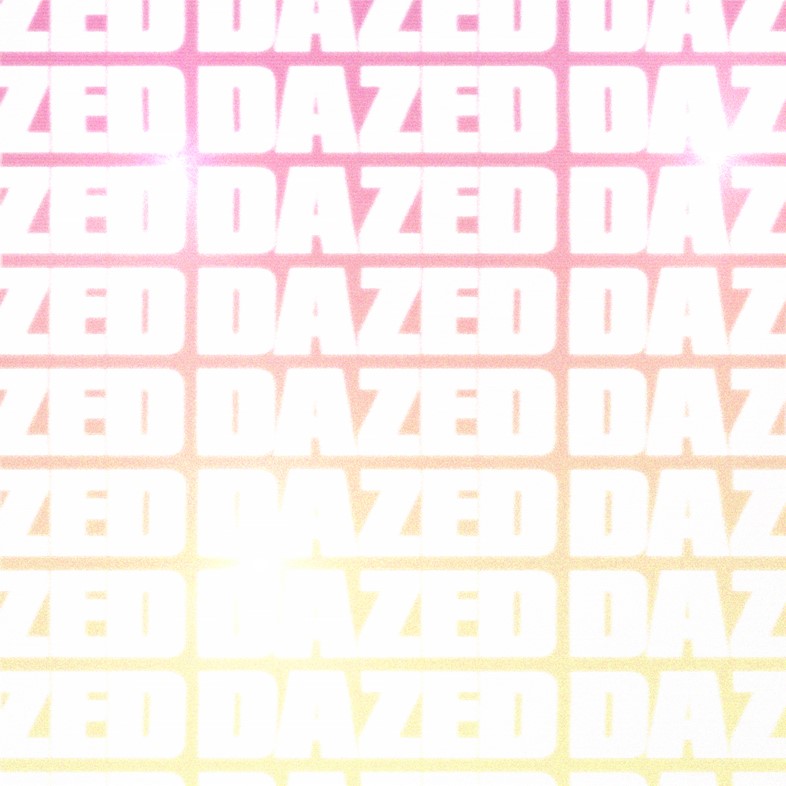Why the backlash in response to Dina Tokio no longer wearing hijab full-time has raised questions about what exactly influencers owe their followers
Last week the prominent Muslim fashion blogger Dina Tokio posted a statement on her social media channels addressing her recent decision to stop wearing her hijab full time and occasionally show her hair. She stated “sometimes I feel more comfortable covering my hair and other days I am more comfortable showing it. That’s just it.”
The hijab is one of the most politicised items of clothing in the world right now, from being banned in French schools and debated in European parliament to being vilified as a symbol of women’s oppression to those who fail to acknowledge Muslim women’s autonomy in choosing to wear it. For many Muslim women, the hijab is simply an extension of their faith that they observe as part of a religious dress-code, and indeed a wider cultural tradition that goes back thousands of years, predating Islam. There are many different styles of head coverings that Muslim women wear, and some don’t wear them at all.
It may seem rather strange that a fashion blogger would have to write a statement defending her personal life decisions and the clothing she may or may not wear, however, Dina has been accredited as a pioneer in the ‘modest fashion’ movement and probably the most popular hijab-wearing influencer in the Western world.
Dina's statement came amidst a huge backlash against her inside the Muslim community for her decision to stop wearing hijab, with many of her critics stating that she built her career on hijab fashion and now seems like a hypocrite for no longer wearing it. Her decision to show her hair even occasionally has been perceived by some as her denouncing Islamic notions of modesty and moving towards more mainstream beauty ideals.
"I wanted to know everything: what it was like to wear hijab, what motivated women to wear it, what styles were ‘in’, what colours would suit me, and where to buy them from"
Others criticised the way in which Dina expressed her frustration at being insulted and shamed by the “toxic hijabi cult”, terminology that many believe could further fuel Islamophobic attitudes towards Muslim women in the current climate.
I’ve been watching Dina Tokio’s videos for at least five years. I started watching her videos when I was first thinking about starting to wear hijab, and I had absolutely no clue how to style it to suit my face and my clothes.
Stumbling upon Dina’s videos opened up a world of hijab tutorials and modest fashion lookbooks, reviews and hauls. It was fascinating to me, having not grown up around any hijab-wearing women. The women in my family didn’t wear hijab and our cultural attitudes towards it seemed to be hugely varied – it’s very common to see Pakistani women who don’t cover their hair at all or see it as an obligatory part of faith, whilst others may wear it only some of the time and in a loose style, or they may wear the full hijab covering all of the hair and neck.
I had a lot of uncertainty about it and nobody to answer the burning questions that I had. I wanted to know everything: what it was like to wear hijab, what motivated women to wear it, what styles were ‘in’, what colours would suit me, and where to buy them from. I spent hours trawling through videos and following different hijabi YouTube gurus.
But what started out as a quest to find the perfect hijab style turned into something more. I found myself interested in the vloggers themselves – their personal lives, their weddings, their everyday routine. ‘Vlogs’ were just becoming popular, which documented their everyday lives in a somewhat more candid style and provided an insight into their personalities and daily reality.
As a result, wearing hijab and becoming a ‘practising’ Muslim seemed more attainable through them. They broke certain stereotypes about religious women that I didn’t even know I had. They made it look easy; they were outspoken and principled, they could laugh at themselves, and they were glamorous but they weren’t selling sex like many other women I had fangirled over growing up. It was different and it was refreshing. I was already enamoured by Islam but these women really beautified the religion for me.
I supposed this is what we mean by ‘influencers’; the content we consume from an individual is bound to have an effect on us. The more they appeal to us, the greater that ‘influence’ may be. We may be drawn in by the clothes or make-up they wear, but soon we want to know the foods they eat and the places they go and the life they lead too.
As such, those who criticise Dina Tokio in the Muslim community seem to be venting an anger that younger girls who look up to Dina will be wrongly influenced by her. There is an idea that once you have marketed yourself as a certain type of person on the internet and made money from that, you owe it to your followers to always stay the same.
In reality, people go through many different phases and may well take an interest in different things over time. Hijab fashion may have been her ‘brand’, but it was Dina’s personal lifestyle choice too. Influencers, just like us regular human beings, are multidimensional and should have the freedom to live life as they please.
But it seems that we have assigned an unprecedented level of religious significance to Muslim influencers due to their visibility, and perhaps a lack of mainstream representation of Muslims more generally.
Dina never advertised herself as a shaykha (female scholar) or The Perfect Muslim, whatever that looks like. She launched herself as a fashion blogger, whose fashion has been influenced by her faith and notions of modesty. Her style has evolved over the years, just like the rest of us.
Her criticism of the “toxic hijabi cult” is not from a place of Islamophobia as an “outsider” as Dina clarified, it comes from someone who wore the hijab for over 20 years and is very much a part of that community. She is entitled to critique the community she has been plugged into and actively engaged in for years.
It begs the question, what do influencers owe us? Do they owe us continuity in their personal lives? Do we have a right, as consumers of their content to tell them how to live as individuals?
Dina wrote in her statement that she is not prepared to lie to “stay in the game”. I’m sure it would be easy for her to only post photos in her hijab, and keep her non-hijab days private in order to keep her followers happy and to make sure she keeps securing sponsorships and opportunities as a fashionable hijabi. But she shared her journey and her faith struggles with us and has decided to stay true to herself.
The scrutiny on Muslim women’s clothing from both within and outside of the Muslim community can be intense, and simple life choices can become politicised easily. The autonomy of Muslim women must be respected, and the vilification of women who wear hijab or who don’t wear hijab are seemingly two sides of the same ugly coin.
I support Dina for her authenticity and honesty in being unapologetically herself.




